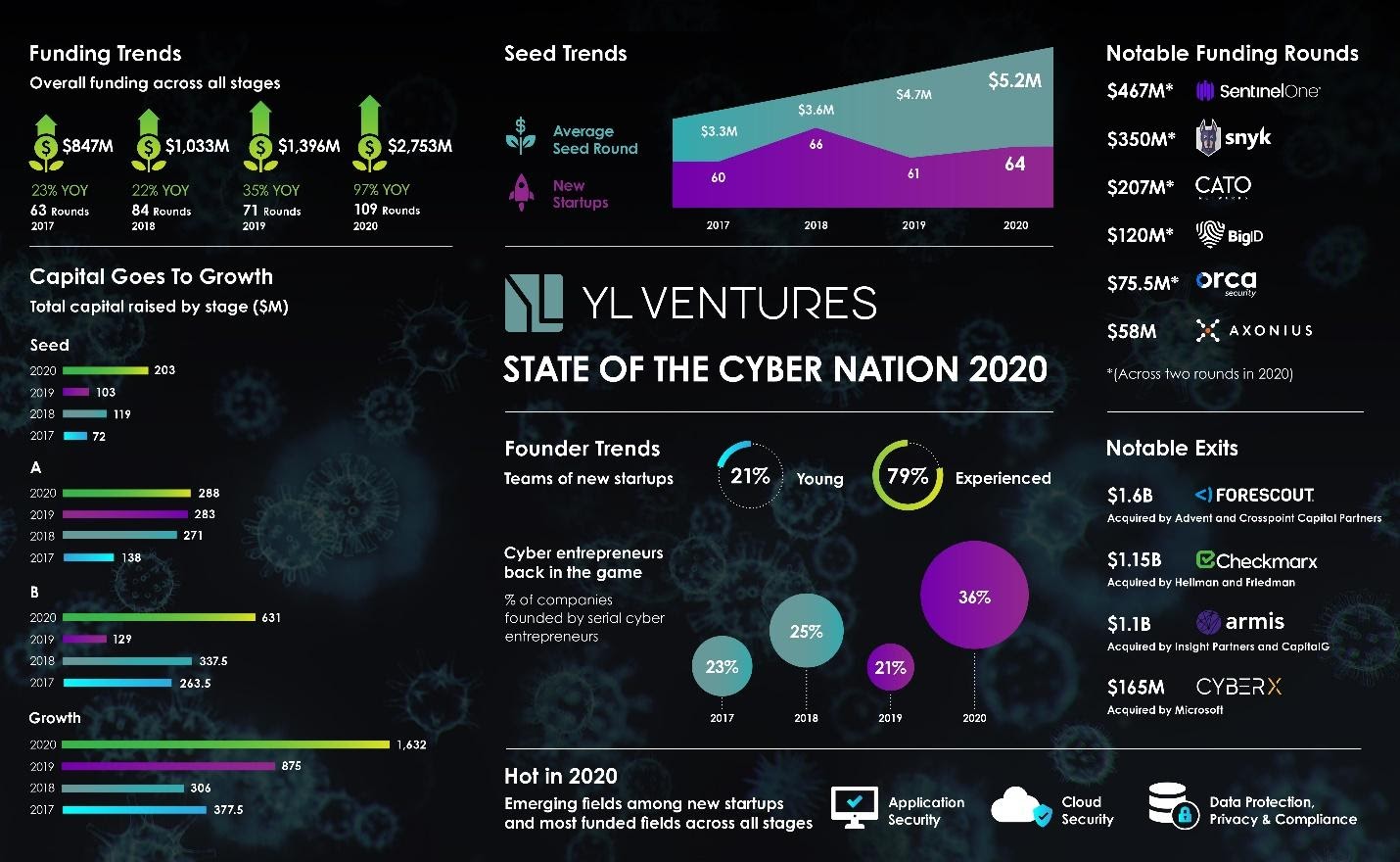Another week, another email newsletter. This time, the story is Punchbowl, a politics-centric newsletter founded by a crop of recent Politico alums including Jake Sherman, Anna Palmer and John Bresnahan. Ben Smith has the story, as does Maxwell Tani at the Daily Beast with some more juicy details.
Why do we need another newsletter analyzing Beltway politics in a world of Politico Playbook, Axios, The Daily 202 and a hundred others? In fact, why do we need the voluminous output of tech-oriented newsletters covering startups (by my count, there are at least several thousand newsletters covering our industry)? Why, in a media world that was supposed to be all about the long-tail, does it seem that every new media startup is targeting the same single niche over and over again?
That’s where the cauldrons of gold come in. Media is not unlike many startup markets — there may be infinite needs for diverse products, but there are only a handful of those needs that have serious dollars attached to them.
In media, these are beats like DC politics, or investment banking / M&A, or VC coverage in our quaint little world of startups, where the winners get to own massive audiences and, by extension, massive dollars from subscribers and advertisers. There are thousands of other niches, but they are impoverished with limited readership, users and recourse to revenue.
Put another way, these are tournament markets, where the winners can take all and where it is worth the gamble to have a small chance at a massive outcome rather than a good chance at a mediocre one. In medicine, “everyone” wants to cure cancer, not some neglected tropical disease (which might well have millions of people who could benefit from a cure). After all, the Nobel Prizes don’t go to merely good science, they go for the biggest advances of the century that have the right level of notability. In startups, founders want to target the largest business and consumer markets, not the small application that might be useful but won’t become a juggernaut.
Unicorns are not born in small markets.
There are of course hugely negative externalities to this model for many markets. All that competition to dominate the “first-read newsletter” on Capitol Hill or along Sand Hill Road means that we are overwhelmed with identical analyses on the same subjects rather than being able to select from a wide spectrum of different options. We probably should have more coverage of emerging market tech or state capitols than we do today.
In startups, we have way too many entrants in some extremely valuable layers of fintech, for example. There are at least … 50? 100? wealth-management startups and incumbent products that focus on automated investing in ETFs (so-called “roboadvisors”). Yet, there is so much money to be made in some of these layers, that every founder with sense is essentially saying “I’ll take my chances for the reward at the end of that particular road.”
You would sort of think the free market would work itself out in these niches. All that competition for attention in the DC media world or for wealth management users should ultimately lower costs and divide the pie thinly enough that it becomes less attractive for new entrants and makes other niches and markets look far more relatively competitive.
That would be true if the pie did actually subdivide further and further. Experience over the last decade though has proven to me that this is quite often not the case. DC politics is the cauldron of gold for politics coverage, and there are one to three newsletters that will always dominate that beat. M&A coverage on Wall Street is the cauldron of gold of business journalism, and a handful of reporters are going to own that beat by being the switchboards for all the most important sources. And VC coverage is the cauldron of gold for startup media, which is why TechCrunch and a few of our friendly competitors work so hard to cover it every day.
New markets do get invented and old markets expand and contract. There are absolutely startups that sort of come from nowhere and dazzle us with their originality and ability to create whole new categories. Yet, for every unicorn that gets its start that way, there are 10 others that get built in existing major markets and compete for the big reward offered to the winner.
There isn’t anything wrong with investors who want to fund the fifteenth startup in a space. It makes sense — that’s where the rewards are, or at least, where we perceive the rewards to be. What needs to change is how to make some of those other niches offer the same incentives for innovation. How can more markets offer cauldrons of gold? Is that even possible? Or are we destined to read 100 newsletters on McConnell and Schumer’s machinations while getting ads for Marcus?

Source: Tech Crunch






